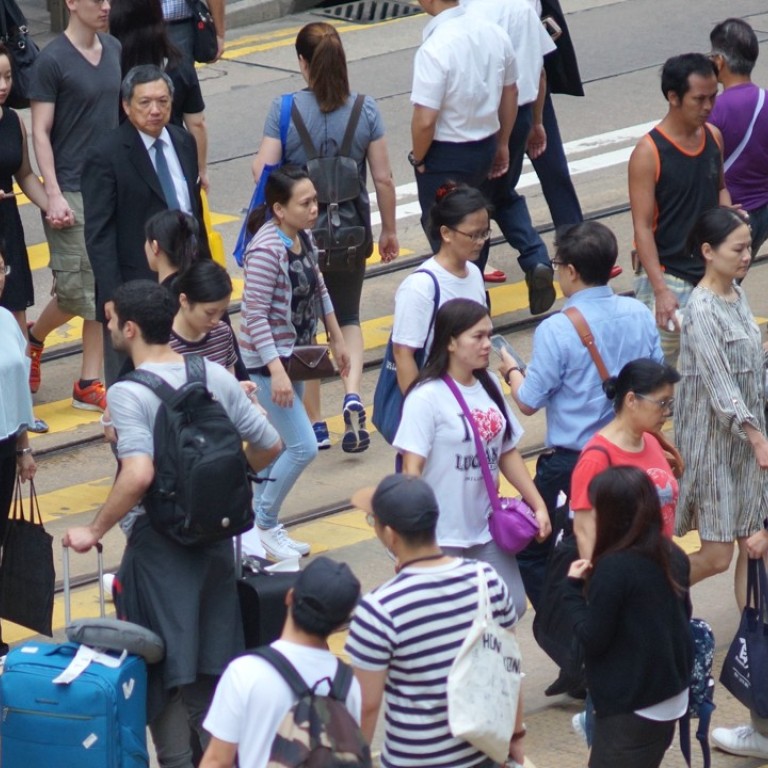
Hong Kong’s land shortage means city must dig deep – for underground space
Developing underground space can create more area for economic development and public use. This approach to increasing land supply for business and leisure has been extremely successful in both the West and Asia. Projects in the Paris metropolitan area and the Kamppi underground complex in Finland have already used this innovative approach to create space.
Get creative with underground space
Cramped quarters, no walking space on streets – how Hong Kong’s urban design can drive you up the wall
However, Hong Kong lags behind and deems that developing underground space will face several limitations. Fire safety, connections to nearby passageways and to transport and other facilities are cited as the greatest concerns.
But in fact the technologies to implement these projects are well-developed and the related restrictions have been reduced.
Developing underground land will not only increase commercial space, it could also reduce the density of urban areas and ease connectivity and pedestrian congestion issues, especially in districts like Central. It is a modest and less disruptive way to achieve the goal of increasing land supply.
To develop a vibrant and energetic city, many factors need to be considered – the plan itself, the facilities involved and, most importantly, the community. As stakeholders in our city, we should actively comment on the policies that affect us all.
Sin Ka Kit, Pok Fu Lam

